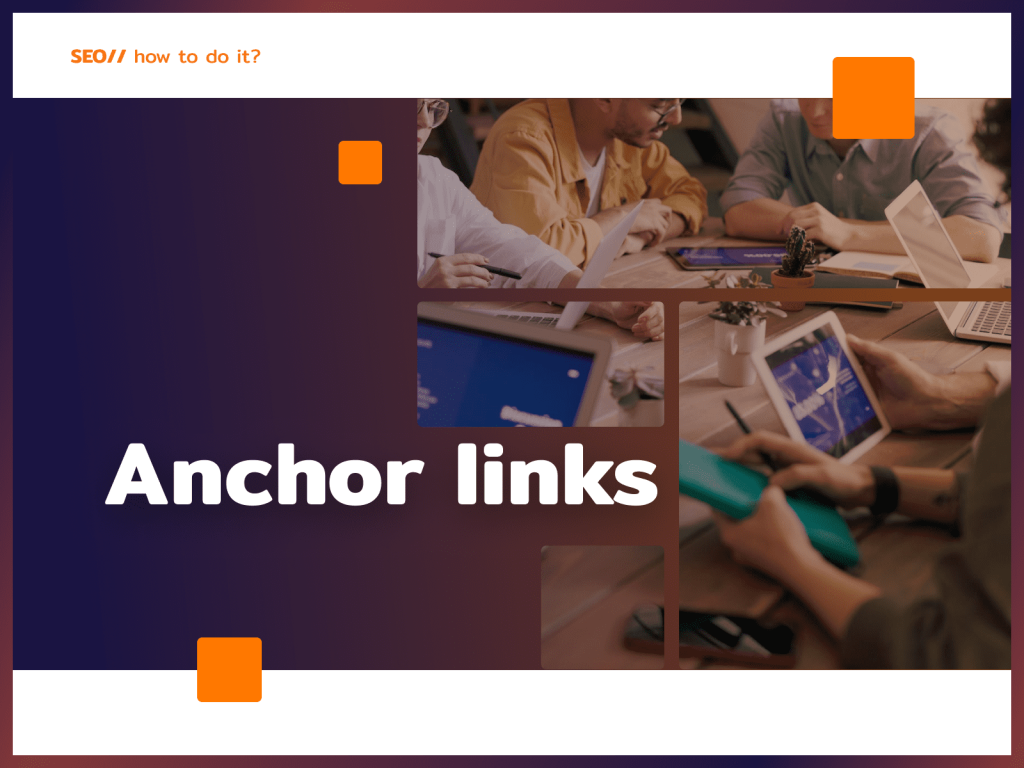One very important part of SEO is internal linking . To know how to link well, it is useful to know what a link anchor is and how to use it. Today I will take a closer look at anchors and their use on the site.
Don’t have hours to spend on competitor analysis and site optimization? Contact me: I work with SEO specialists, web developers, graphic designers and copywriters: we will take care of your site’s visibility comprehensively.
What is a link anchor and how does it work?
Anchor link, also known as anchor text, are words or phrases that provide clickable links in your site’s content. When a user clicks on such a link, they will be redirected to another subpage on your site. Anchor SEO can also be used for external linking: it can lead to another site.
Properly chosen anchors play a key role for both users and the search engine algorithms . With them, you can not only improve your site’s navigation, but also direct users to relevant content, products or services that are of value to them.

SEO anchors in internal linking: what is worth knowing?
- Proper anchor texts: the key aspect is to choose the right phrases or words that will become anchors. They must reflect the content to which the link leads. Avoid using generic anchors that do not specify the content of the landing page (e.g., here, click, etc.).
- Keep it natural: insert anchors naturally so that they fit the context of the sentence. Avoid placing links by force, which could discourage readers.
- Avoid overuse of keywords: although keywords are important for SEO, don’t overdo it. Valuable content takes precedence over keyword-saturated content.
- Diversity: bet on a variety of anchors, using different phrases and sentences. This will help build natural and understandable linking for users and search engines.
Why should you link with SEO anchors?
- Improve navigation : Improve the user’s experience on the site by allowing them to move quickly between related content.
- Reinforce site structure: proper internal linking builds a logical hierarchy of pages, which helps both users and search engines understand the structure of content on the site.
- Optimize indexing: search engines use internal links to index and understand what is relevant on a page. Appropriate anchors help communicate with indexing robots.
- Increase page authority: effective internal linking can affect the authority of a given page, which contributes to better positions in search results.
Tips for effective internal linking
- Use a proper page hierarchy: create a logical hierarchy of pages so you can direct users to the most relevant content.
- Monitor and analyze results: regularly analyze the results of your internal linking strategy. Find out which anchors and links bring the best results.
- Update anchors: as the site grows, it’s a good idea to adapt anchor texts to new content to continue to provide value to users and avoid the presence of broken links on the site.
If you’d like to learn more about internal linking strategies, proper use of anchors, and SEO optimization tailored to your business, contact us. We are experienced Google, e-commerce and SEO specialists, ready to help you achieve better results and strengthen your website’s position online.


















